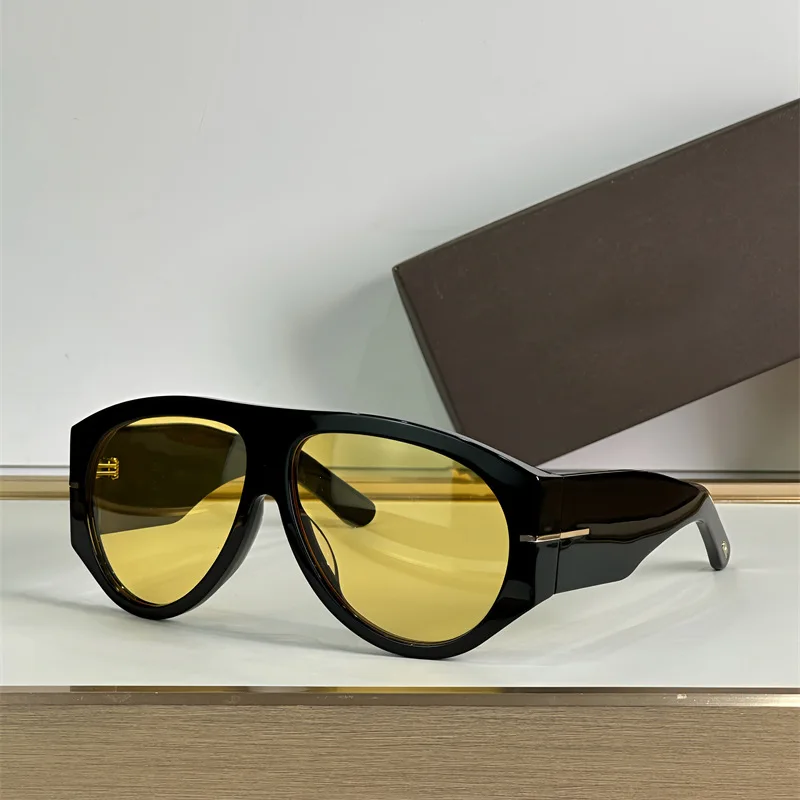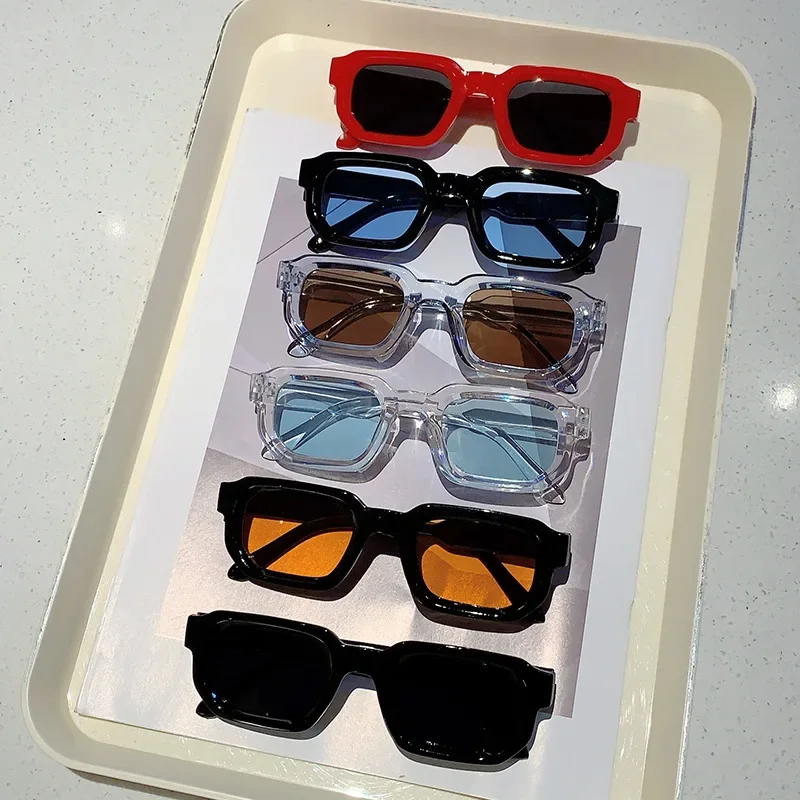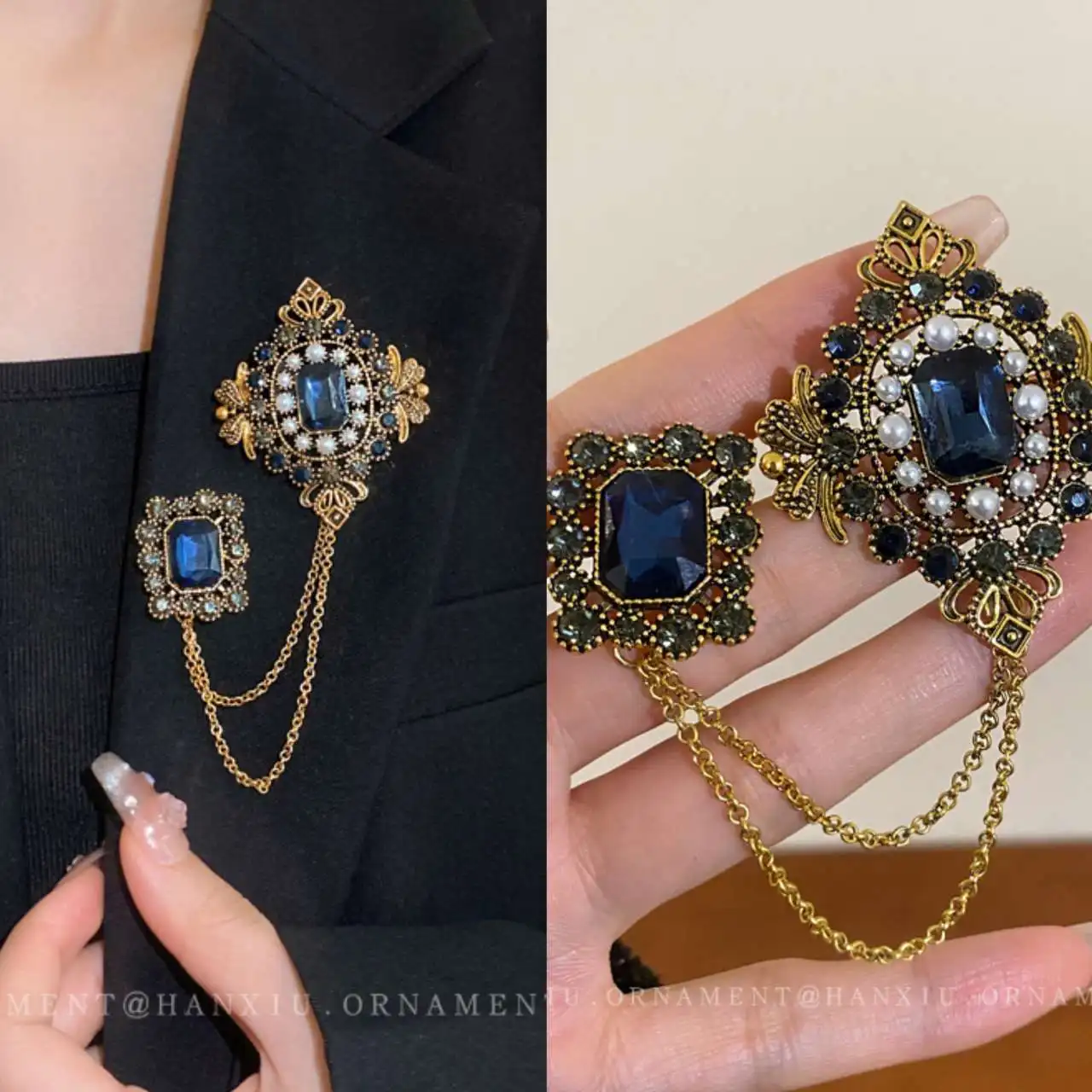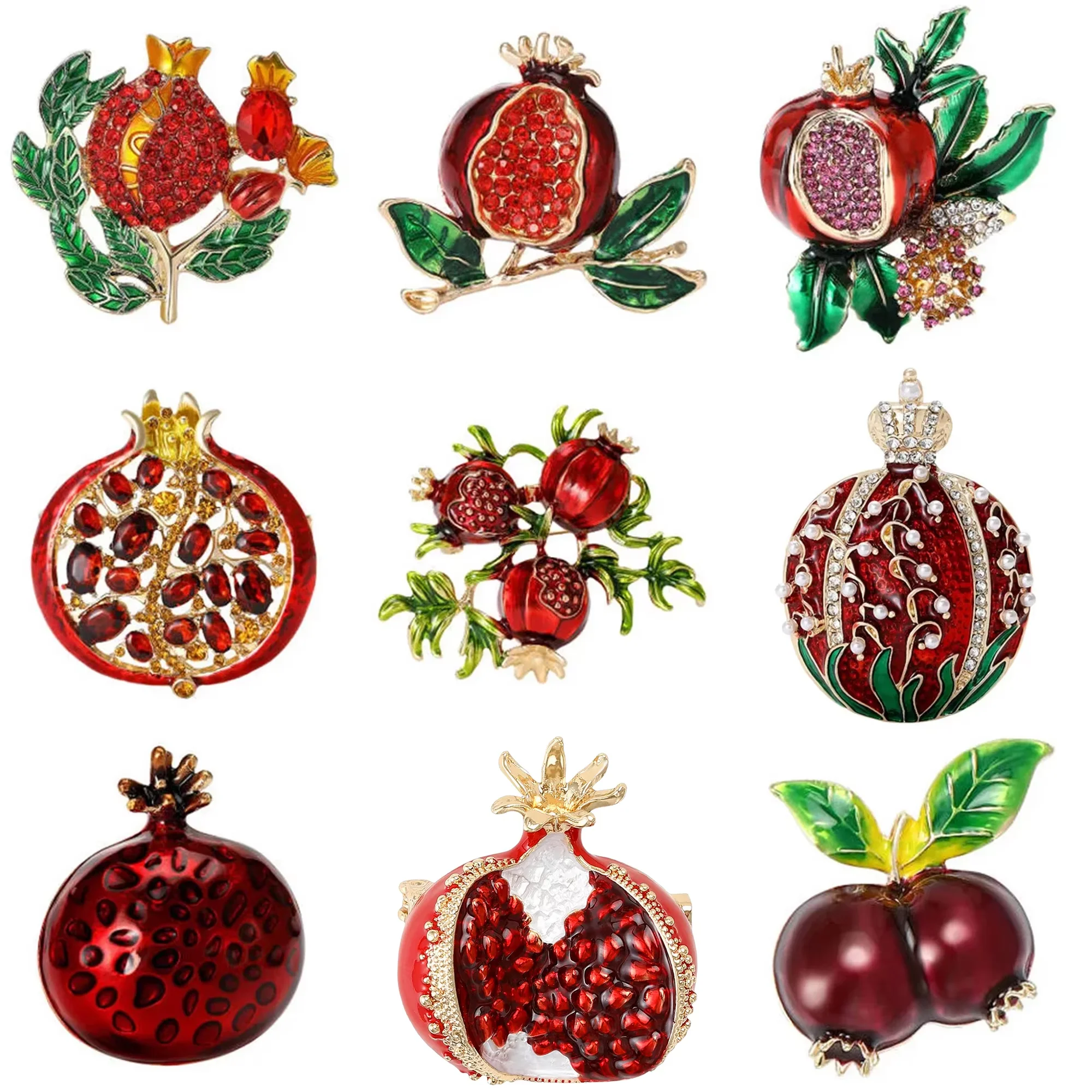A brief overview
Barbie is arguably one of the most enduring fashion icons to ever exist. While the fashions, beauty standards, and culture have changed with each season and every passing year for the last sixty years, one icon has lived and thrived in the process: Barbie. Barbie was born in 1959 and was the brainchild of American toy company Mattel. Although she began as a plastic doll, Barbie quickly became a symbol of style, beauty, and empowerment.
This report explores Barbie’s relationship with the fashion industry and the impact she has made not only on style, but also on representations of beauty and culture.
A Fashion Icon Is Born

Courtesy of Canva
Barbie was conceived by Ruth Handler to give little girls a toy that would send their imaginations to places they could dream of in their future careers and goals. Handler could never imagine that her invention would eventually revolutionized the world of fashion.
In a time characterized by chic cuts, rich fabrics and detail, and perfectly coiffed hairstyles, Barbie was able to capture the glamour, sophistication, and attitude of the time and quickly became an instant fashion success.
Breaking New Ground in Fashion
Barbie has always been representative of the fashion of the time she was created. Walking down the beach in her original black and white striped swimsuit to her most recent high-fashion partnerships, Barbie has paved the way back and forth through all elements of period fashion.
In Barbie’s collection are a variety of garments created by famous designers including Gianni Versace, Christian Dior, and Calvin Klein, and helped solidify Barbie’s identity as a true fashion muse to the leaders of the fashion industry.
Setting Trends Throughout Decades
Time and time again, Barbie’s garments reflected the heartbeat of contemporary styles. Barbie was able to not only follow trends, but to create them by collaborating with top fashion designers. By constantly evolving her style through reinventing herself, Barbie became established as the crossroads of both fashion and popular culture.
You may also like:
Barbie in the Body Image Conversation

Courtesy of Canva
Although Barbie has enjoyed success, she has also faced her fair amount of criticism. It has been argued that Barbie’s body proportions set an unrealistic standard that could harm the self-esteem of young girls.
In culmination of the longstanding pressure, Mattel started to manufacture and market a wider variety of dolls with different body shapes, skin tones, and hairstyles. An essential move towards a culture of beauty acceptance and diversity.
Beyond Fashion: A Cultural Phenomenon
Barbie’s relationship with the world is more than hanging on the clothing rack waiting for the next guest in fashion. Barbie has and will continue to leave her mark on pop culture, fine art and even academic research.
For many artists, Barbie is an object used to interrogate societal norms, whereas many academics have been able to study Barbie’s impact on conversations regarding gender roles, consumer practice, and identity. Paradoxically owning her broader cultural significance, Barbie has also collaborated with artists and has had exhibitions around the world.
Barbie’s Legacy and Future
As Barbie heads into her 70th year, there is not much denying that her influence on the fashion world is still strong. Barbie continues to collaborate with others, create new and different designs, produce products for both inclusion and diversity, all while continuing to act as a representation of hopes, dreams, creativity, and change.
Barbie’s journey is an incredible narrative, from children’s toy to global fashion icon. Her impact on fashion is multi-tiered, reflecting changes in society and constructing culturally normative ideas.
With ample opportunity ahead, Barbie’s role as a fashion leader is assured and will continue to inspire designers and dreamers.





















